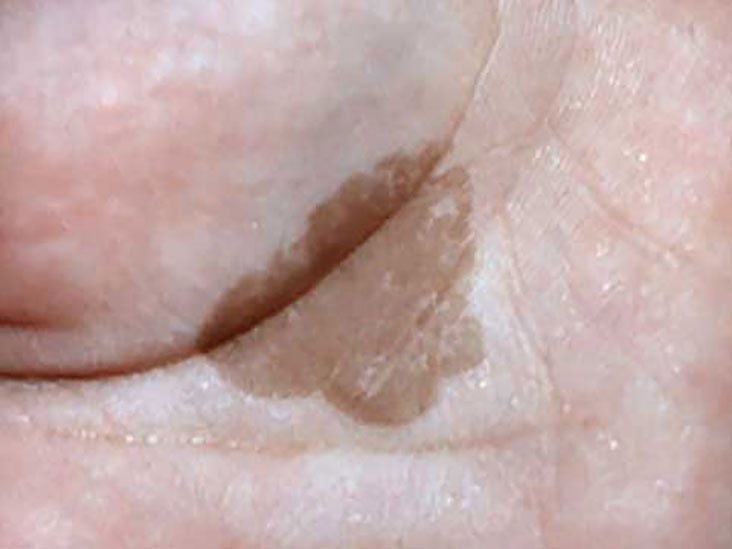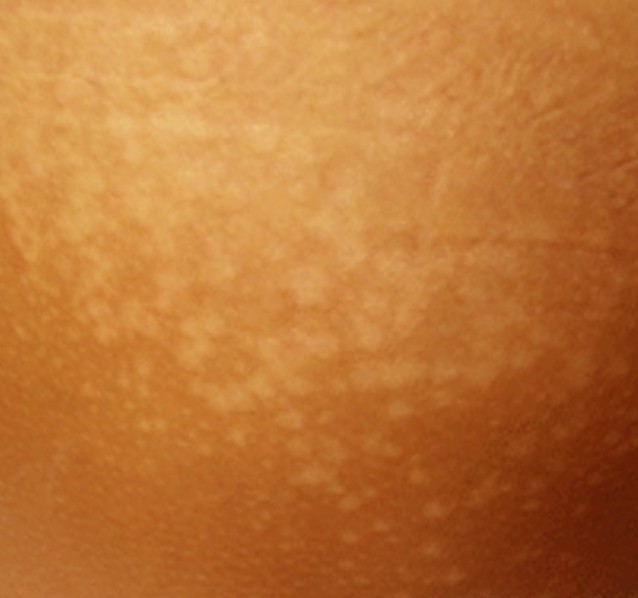Table of Content
This essential oil is used to deal with many skin issues, including dandruff, stretch marks and acne. Patchouli essential oil acts as a powerful antifungal oil which can help kill bacteria and fungus causing tinea versicolor. Unlike other home remedies for tinea versicolor, eucalyptus oil should be used in a different manner. Mix this oil with a tint of coconut oil or tea tree oil, then apply over your skin. This will help unveil your new skin cells in just a few days . Also, the sap of aloe vera leaf possesses antimicrobial and antiseptic properties that can help fight off inflammation and pain.
The pus of green banana is high in antimicrobial and antifungal properties, so it can effectively kill the pathogens. Banana also contains many nutrients to help heal wounds and regenerate new skin quickly. This is really what the patients with tinea versicolor need. This sounds strange when it comes to home remedies for tinea versicolor on back, but it is very effective. Banana is a daily food that is rich in nutrients, vitamins, and minerals for the body.
Coconut Oil
These discolored patches on the skin dent your confidence and affect the appearance of your skin. Fortunately, you can get rid of tinea versicolor not just by medical treatment but also home remedies listed above. These remedies, including essential oils, garlic, coconut oil, apple cider vinegar, aloe vera, turmeric, etc., reduce inflammation and act against fungal growth. You should also tweak your diet by including low-carb, probiotic-rich, protein-rich foods, and garlic for effective results.

The topical application of this herb can work wonders in treating tinea versicolor. Patchouli oil helps soothe inflamed and itchy skin. It is also a great remedy to fight fungal infections, thanks to its antifungal properties – which also help treat tinea versicolor , . As far as home remedies for tinea versicolor can go, baking soda is really a good solution. Baking soda is the cheapest and healthiest product that helps us in various purposes, from serving as a mouthwash, breath freshener to teeth whitener. It is also a great remedy for different diseases, including yeast infections.
Diet Tips
Turmeric and apple cider vinegar can also irritate the skin if used too frequently. Several other skin conditions may look similar to tinea nigra. Other fungal infections, such as athlete’s foot, may also cause skin lesions, but they are not usually brown.

You should use it as follows for the instant results. This is the last remedy in this list of home remedies for tinea versicolor treatment. Apple cider vinegar is a type of vinegar made from apple alcohol or apple. Apple cider vinegar contains a compound called malic acid – it is a powerful antimicrobial, anti-fungal and anti-viral compound. Therefore, the using of apple cider vinegar in treating tinea versicolor is a good choice.
What Is Tinea Versicolor?
In people with active sweat glands, their skin is susceptible to dampness. This creates a favorable environment for pathogenic fungi to develop. Skin areas which are often sweaty are back, chest, abdomen, face, armpits and thighs. As a result, signs of the disease often appear early on these skin areas. If you think you might have tinea nigra, you should see a dermatologist.

Two other herbs that are superb for easing swelling include witch hazel and aloe vera. Aloe vera is among nature’s wonders; when related to the skin, it supplies discomfort alleviation as well as swelling decrease. It’s likewise been revealed to speed the healing process when related to cuts as well as scrapes. You may want to think about including both these natural herbs to your home remedies for inflammation. Tinea nigra is a rare and harmless skin condition.
In most cases, teens and young adults are much more likely to develop this infection. The infection can develop in people of any skin color. Tinea versicolor is caused by an overabundance of Malassezia furfur, which is a normal yeast found naturally on everybody’s skin. Healthline has strict sourcing guidelines and relies on peer-reviewed studies, academic research institutions, and medical associations.

Yogurt seems to be the best option and is often recommended to be either ingested or applied topically for its probiotic benefits to be properly absorbed. Consuming plenty of plain, organic yogurt is also a great way to fight the overgrowth of internal yeast and keep your intestinal microflora in balance. These products are typically available anywhere although, in some cases, a prescription medication may be called for.
You can create your own lotion by mixing this oil with coconut oil. Then, apply the mixture over your skin daily after having a bath. Use this method daily to prevent future recurrence. Candle bush is a little-known option among home remedies for tinea versicolor on back.
It boosts your digestive system, helping you fight all kinds of illnesses. Besides, green banana is used to treat some skin diseases, including tinea versicolor. Having anti-inflammatory, anti-septic and anti-viral properties that might help stop the condition of tinea versicolor. You can make a mixture between patchouli, tea tree, lavender, clove and peppermint oil to treat tinea versicolor. Just simply boil neem leaves in water till they become infused. After straining water, use it to shower your body instead of plain water.
However, some factors are known to promote the growth of this fungus and increase the risk of infection. If neem oil is available, use it to apply onto your problematic area after showering. Strawberries look fantastic both on your salad dish and your face. Due to its anti-inflammatory and various vitamins and minerals, this fruit help to reduce yeasts. Just a ripe strawberry combined with a tablespoon of baking soda and rubbed over your affected areas is enough to decrease the yeast.

It can also be applied topically to relieve inflammation and itching. There is evidence that sulfur can help treat Tinea Versicolor. Many people have found that adding sulfur to the bath is very effective.

























